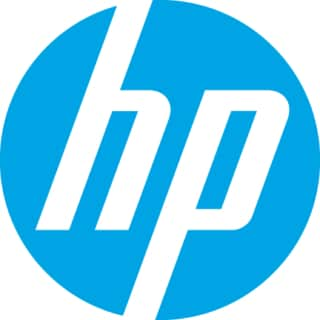June 24, 2019
Sometimes, the Smart Office Isn’t Even an Office
As work and workers evolve, workplaces need the right approach to keep up.

Work is changing. In fact, nearly everything about work is evolving rapidly. Workers are becoming more mobile and connected. Workplaces are becoming more flexible and collaborative. The results of these changes are greater efficiency, higher productivity and improved satisfaction among workers.
As the workplace evolves, we’re seeing some interesting trends. The U.S. Workplace Survey 2019, conducted by the Gensler Research Institute, found that 43 percent of the workers polled said the best workplaces are those that promote team building and collaboration; 33 percent said those workplaces provide the latest technology and tools and help workers share knowledge.
These trends were a major part of the discussion in April when CDW hosted its Future of Work SummIT in Atlanta. IT industry leaders at the event explained how the smart office now uses data to improve operations in valuable ways and explored how in some cases, the smart office is no longer even an office.
An Eye for Detail
As digital transformation efforts take hold, organizations are just starting to understand how valuable data is. Gleaning insights from the information that is created by every workplace, every day, can help any organization do what it does better. The Future of Work SummIT highlighted some key examples.
Sonja Checkwood, a senior IT manager for Holder Construction in Virginia, explained how her company uses data analytics tools from Microsoft to gain a deeper understanding of office workflows. “It’s been helpful for me to manage my time to see what I’ve been working on,” she says. The solution even provides a dashboard that helps managers take a deeper look into how workers can use their time more efficiently.
Data can also help organizations improve workflows that directly affect customers. Tom Beaver, executive director of technology for Grady Health System in Atlanta, discussed how the hospital uses data analytics tools to help it treat patients more efficiently. By carefully analyzing data, the hospital can coordinate schedules for when to send patients for procedures, such as an MRI, and then make sure that housekeeping staff cleans that patient’s room while it’s empty, making their job easier while improving the patient experience. “You can think of it as air traffic control for patients,” Beaver says. “We know where people are, and we know where they need to go next.”
The results have produced some data that leaders at the facility are happy to see. Grady Health System gets patients in faster, treats them more quickly and reduces their time in the hospital.
An Office in the Sky or on the Street
Innovative uses of mobile technology also are helping organizations expand their operations. For example, in years past, Southwest Airlines sent pilots to work with a massive duffel bag full of books that they might need in the event of an emergency. All that information has been digitized and loaded onto a tablet that pilots carry with them on each flight. “We’ve saved millions of dollars a year, just by handing them an iPad that had all these books,” says Derek Whisenhunt, the airline’s head of end-user computing.
The materials on the tablets are updated continuously, ensuring that pilots have all the latest information at their fingertips. And they can use the devices for other tasks as well, such as sending email.
Similarly, Grady Health System is using meeting and collaboration tools to increase the range of its medical experts. The hospital’s mobile stroke unit is a specialized vehicle that connects neurologists back at Grady with emergency medical personnel in the field, so treatment for stroke victims can begin while they’re on the way to the hospital. The unit includes a mobile CT scan and telehealth tools that enable doctors to interact with and observe patients even when they’re miles away.
“It’s been a huge success,” Beaver says. “It’s an application of technology that maybe we didn’t think of that’s how to use it, but it’s worked out wonderfully.”
This blog post brought to you by:


